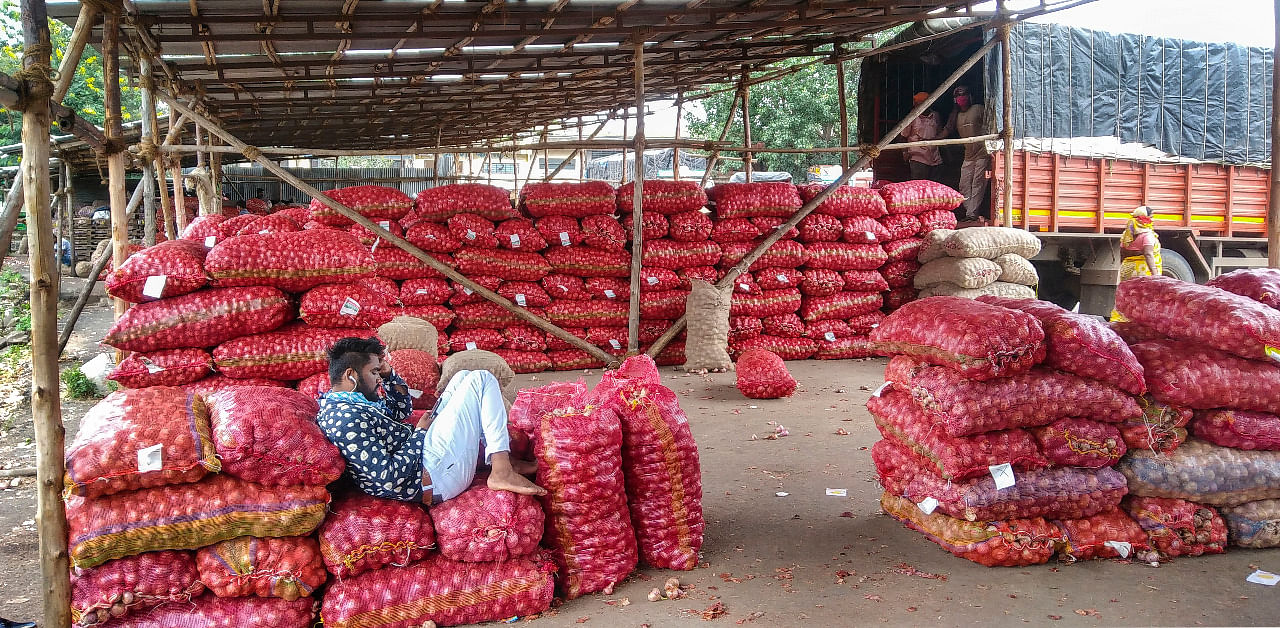
National Agricultural Cooperative Marketing Federation of India Ltd (NAFED) has created a buffer stock of 99,000 tonnes of onion as of November 2020 to meet the demand until Rabi harvest. However, it expects 25.2% or 25,000 tonnes to get damaged before they are distributed to states.
According to the Economic Survey 2020-21 tabled in the Parliament on Friday, the government through MMTC would import red onions to meet the demand-supply gap. Even in 2019, NAFED reported damage of 18,808 tonnes of onion out of a buffer stock of 58,288 tonnes, about 32% of the total stock. Onion prices spike between August and November, the Survey noted.
Normally, Rabi harvesting takes place between March and May in most states and the crop is sold during June-July period, and Kharif harvesting takes place between October and November and the crop is available in the market till Rabi harvest. The government has ensured that various proactive measures are taken to curtail onion price rise. The steps include a ban on exports till December and stock limit was imposed under the Essential Commodities (Amendment) Act 2020 for a period up to December 31, 2020.
NAFED stores its buffer stock of onion using traditional methods, as opposed to cold storage, leading to wastage. As per the data, every year almost 100 per cent of the stock procured is stored in traditional and conventionally designed storage facilities. In 2020, approximately 15% of the stocks were stored in modern and equipped storage facilities as popularised by the National Horticultural Research and Development Foundation (NHRDF). The wastages are further aggravated due to adverse weather conditions like untimely rainfall and excess moisture.
Moreover, NAFED procures and stores onion mostly in three states- Maharashtra, Madhya Pradesh and Gujarat. This concentration of stock storage in just three states which makes it more susceptible to adverse weather shocks. Moreover, this doesn’t allow for immediate action when needed, in fact, delays it. A decentralised system of procurement and storage with proper tracking can make the system more robust.
NAFED approached state governments to send their requirements of lean months in advance to ensure timely evacuation of the stored onion in a planned manner to have a salutary effect on retail prices, which tend to go up between late-August and November. However, this process could be made more transparent and done well in advance to ensure timely distribution.
There should be a transparent online platform where all information relating to requirement details by states, procurement that is undertaken state-wise and month-wise, amount disbursed per state, agency and month-wise should be made available for better planning and decision making.
Use of dehydrated onions that have longer shelf life should be promoted for buffer stock purposes. Hydrated varieties should be sold early, the survey added.